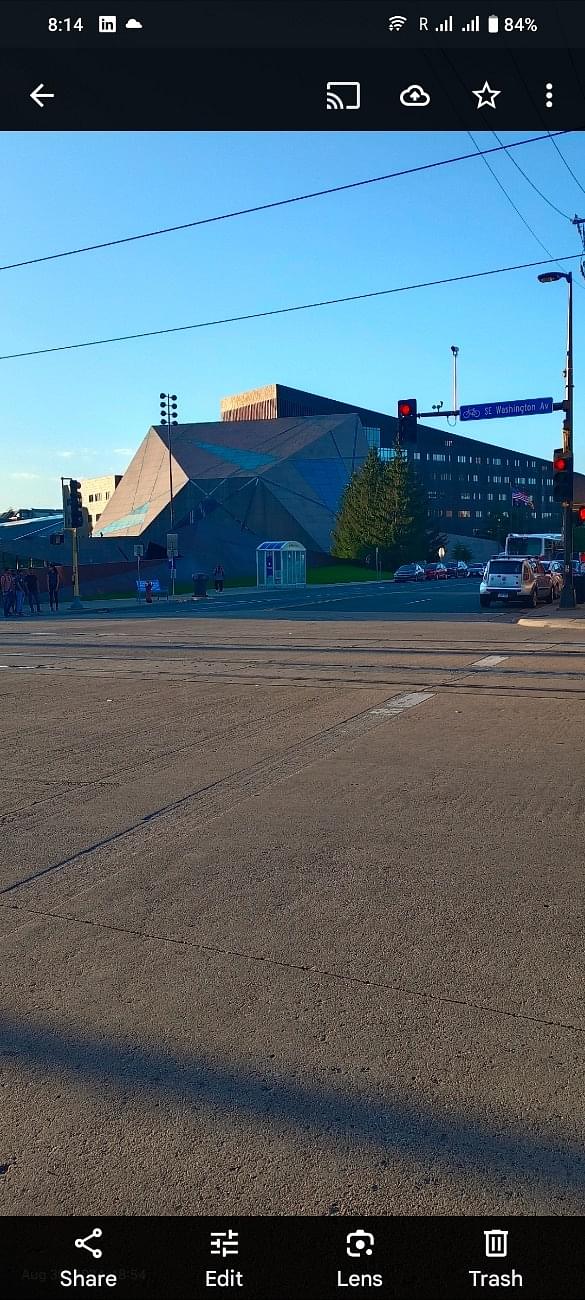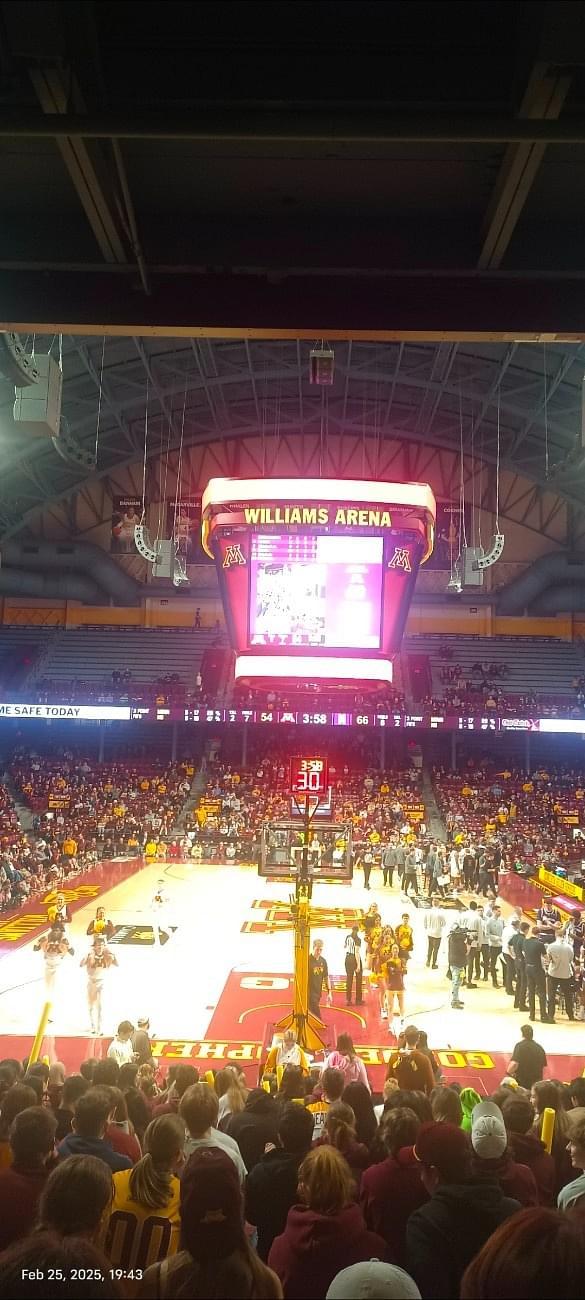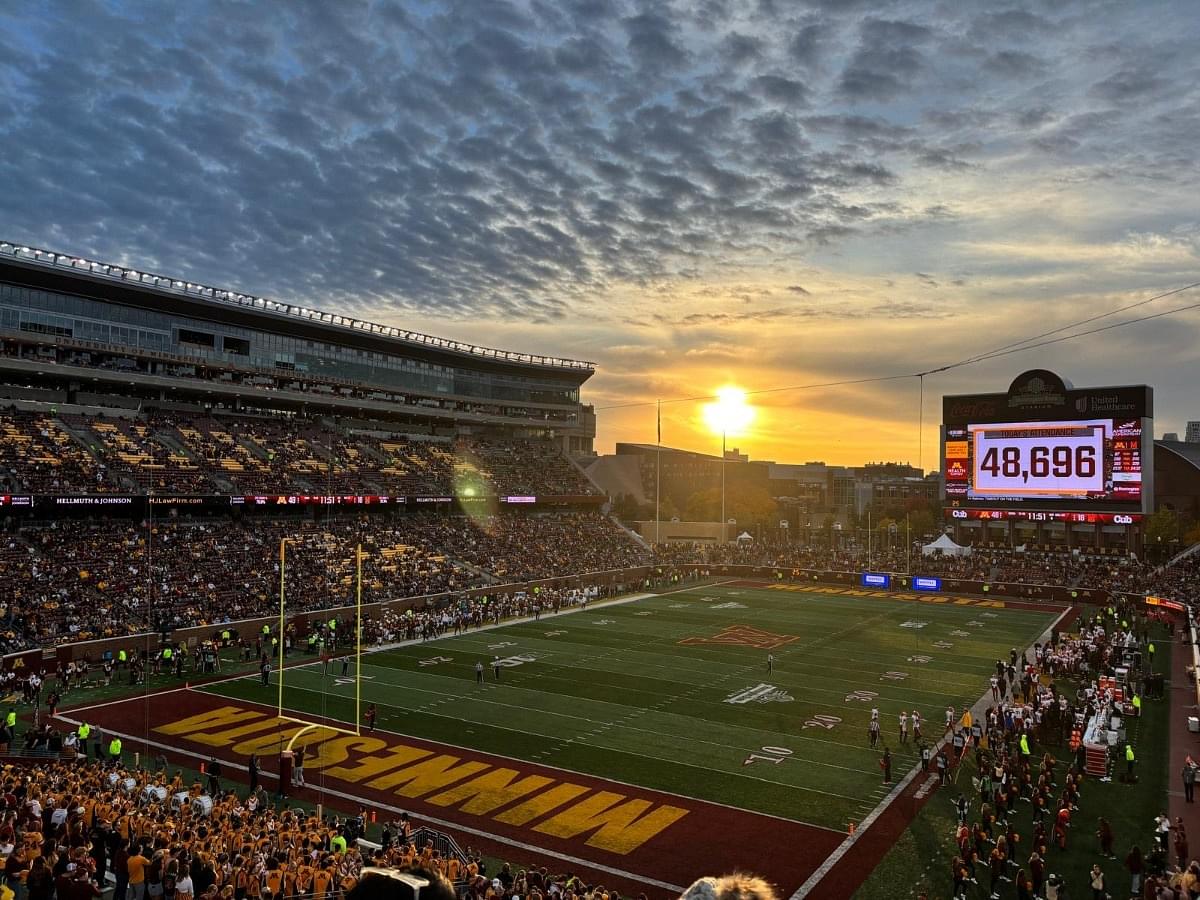What Students Say
Likes
- Great campus with lot's of places to hangout close to campus.
- There's many opportunities for research based learning at labs headed by various professors' which provides a platform for getting funding and focusing on specialized areas.
- Housing near campus is pretty affordable. There are options further away from campus but with the extensive coverage of the light rail distance isn't really an issue.
Dislikes
- Despite the extreme cold weather during the some of the winter days, the university does not officially declare a holiday which really isn't a big issue.
Course Curriculum
- The course curriculum is pretty rigorous and you have a wide variety of courses to choose from within different disciplines. Most courses do not have a formal practical component but the course involves assignments, which are usually hands-on and provide a practical experience.
- One positive aspect is the wide variety of courses to choose from depending on your interest and you have professors who are well known in their respective fields who are instructing them.
- Most students take about 9-11 credits per semester, which is 3 courses and you expect there to be 6-8 classes per week. Daily schedule depends on the course you take.
- From what I know, there are fewer Indian students at the University of Minnesota (this is in comparison to the number of Indian students you might see in other states like Texas or Ohio). There is a pretty good representation of all Asian countries and this is one of the reasons you should choose this university. In my course there are about 6-8 Indian students.
Admission Experience
-
I applied to the following universities:
- University of Minnesota - Received Admit
- University of Arizona - Received Admit
- Northeastern University - Received Admit with Scholarship
- University of Wisconsin Madison - Rejected (Not really sure why since the program and university are pretty close to what the University of Minnesota is at. One reason could be that I applied a little later and close to the deadline.
- Texas A&M - Rejected (Most likely because the application pool is usually very competitive for this program and from the people I talked to, experience mattered a lot.)
- The University of Minnesota's data science program is a well-ranked program in the country. Being multidisciplinary, you could easily get domain-specific experience and knowledge compared to just studying the concepts in general. Moreover, the tuition fee for the program was low compared to other universities having an equally strong program.
- The admission process is pretty similar to most of the universities in the US. You start an application by filling in the details. Application mainly includes SOP's and Recommendation letter's, GRE and IELTS was optional if you have your college transcript in English.
- I personally did not face any challenges during the admission process, as it is very straightforward; you don't need to seek the help of anybody. The only challenge you might have is in getting those recommendation letters but otherwise the entire process is smooth.
- I applied for the Fall intake and the program only has a fall semester intake. Applications are due on the first day of the month of March prior to the fall semester that year and you will receive a response regarding acceptance within a month or two after the admission deadline. Responses are usually rolling so you will have to wait until May to know your acceptance status.
Faculty
- The faculty-to-student ratio would be around 17 - 20 students for 1 teacher. This is just my best guess, as there is no official record of this anywhere. Quality of education provided is very high and you would never think about the teacher-student ratio ever being an issue.
- Since most of the instructors have both extensive industry and research experience, the teaching methodology can be both very practical and research-focused.
- Ultimately this depends on the faculty and there is no straight and fast rule about teaching methodologies.
- Faculty members are one of the best ways of connections and most of them are heavily connected to industries and will certainly help you build connections or assist with finding opportunities.
Campus Life
- The university has 2 main campuses, one in Minneapolis and the other in St. Paul. Both campuses have state-of-the-art infrastructure and facilities. There are a lot of events on campus during the semester usually organized by student clubs. More information is available on their websites or social media.
- You can find all kinds of extracurricular activities or sports you are interested in here; it will be really hard to come up with a list.
Part Time Jobs
- Most TA positions are usually reserved for PhD students but that does not mean grad students do not have the opportunity to get one. Lot of my friends have been able to secure either a TA or RA during the second semester here. There are many more RA opportunities since this is a research university. You can start by volunteering at any of the research labs headed by various professors and you could eventually land an RA position with ease. Pay rate for TAs and RA varies and the best estimate would be between 25 and 27 usd per hour. Other on-campus jobs include working at on-campus stores, libraries rec centre and dining halls, which pay between $6 and $20 usd and are usually enough to cover your expenses.
- International students are allowed only 20 hours of part-time work (you will not really be able to work that much anyways). Also, you are only allowed to work up to 14 hours in one part-time job. It is very easy to get some kind of part-time job on campus as long as you follow the due process.
- Most part-time working students earn between 16 and 20 on average, not including RA/TA opportunities. There is a preference among Indian students for a particular part-time job since the aim is to cover basic expenses. All the part-time jobs on campus consider you as a student and will not make you work extra or make you do work that is usually done by much more experienced full-time employees. All details regarding part-time opportunities are well detailed on the university website and will be your go-to place for many other resources and information.
Placement
- Most students graduating usually find a job or internship within an additional semester. Again, this cannot be deduced for any university whatsoever unless they have some kind of tie-up with industries. So, like any other university, your chances of securing employment solely depend on your networking, skills and above all, the requirements in the market.
Accommodation
- I choose an off-campus apartment, which is what everybody prefers since it is flexible and affordable.
- Rent can vary from as low as 400 to 1000 depending on the type of room that you choose, the apartment and the location.
- I did not really face any challenges while looking for an apartment; you have a lot of resources provided by the university and online to find the right apartments for you. Most students live in Prospect Park and Dinkytown, which are pretty close to campus. Other areas include St. Paul and Como, which require a commute.
Exams
- There is no exam required for the data science program. As long as you have a transcript that is in English, you do not need any proof of your level of English. The only exception is if you will be eventually applying for a teaching assistantship; then proof of your level of English will be required in the form of an IELTS or TOEFL score.
- However, there are IELTS requirements for some other courses. Primary documents are required to complete the admission process and your resume, SOP and Letter of recommendations (at least 3). There is no kind of formal or informal interview as part of the application process.
Fees
- Tuition fee is charged per semester and is based on per credit for this program. The tuition fee is 1315 usd per credit and students are expected to complete 31 academic credits. Other fees charged are for health insurance, public transport, university maintenance, etc., which can vary.
- If you live off campus, which is what 99% of grad students do, depending on the place you stay, rent can be on average between 600 and 750. Other expenses, including groceries and food, would not exceed 100 dollars. Since public transportation is included in the fee to the university, that would not be counted as a personal expense. On average, monthly personal expenses would not exceed 750 usd.
Scholarship
- For the data science program there is no scholarship provided by the university/department. I and other students I know have not received any kind of scholarship from the university. Unless you have an external national/international scholarship your only option for financial aid is by getting a Teaching or Research assistant-ship that can can cover part of your tuition which is what most students do to avail some kind of tuition benefit.








